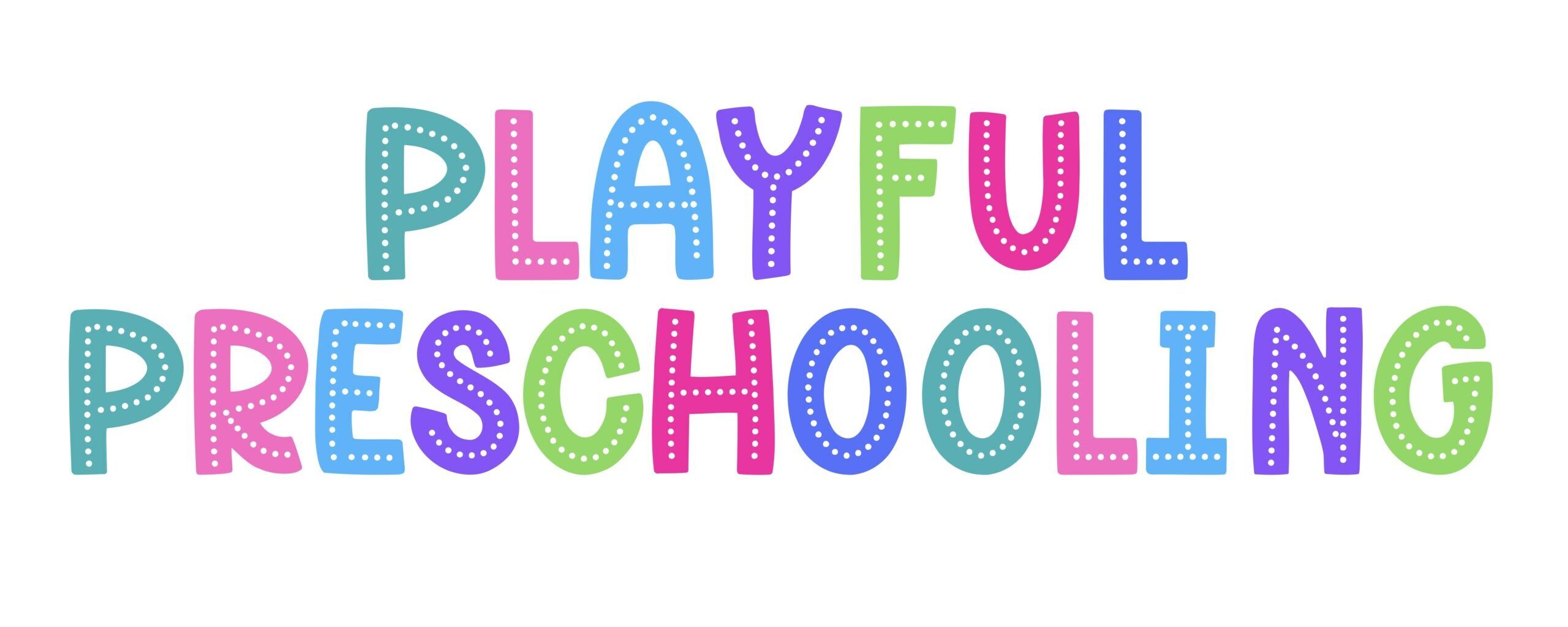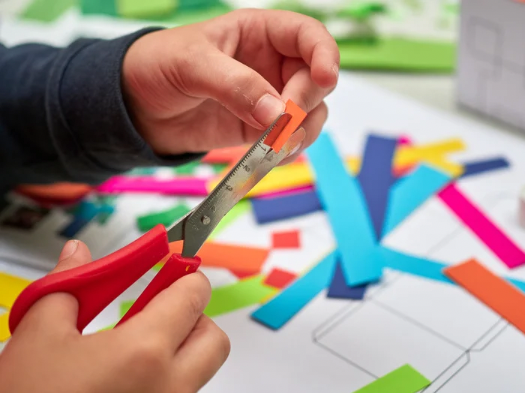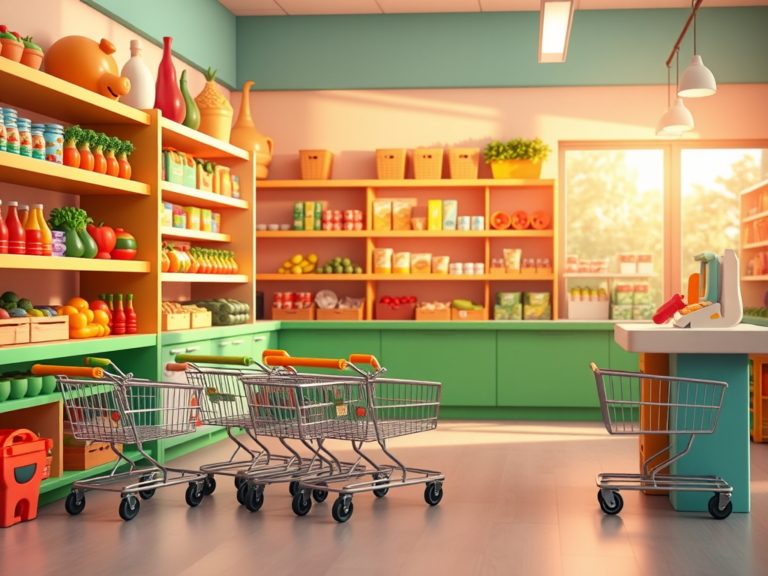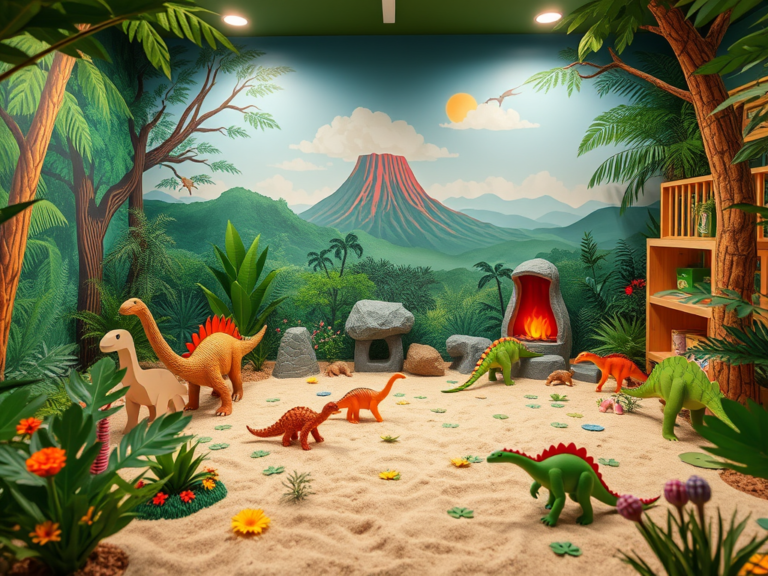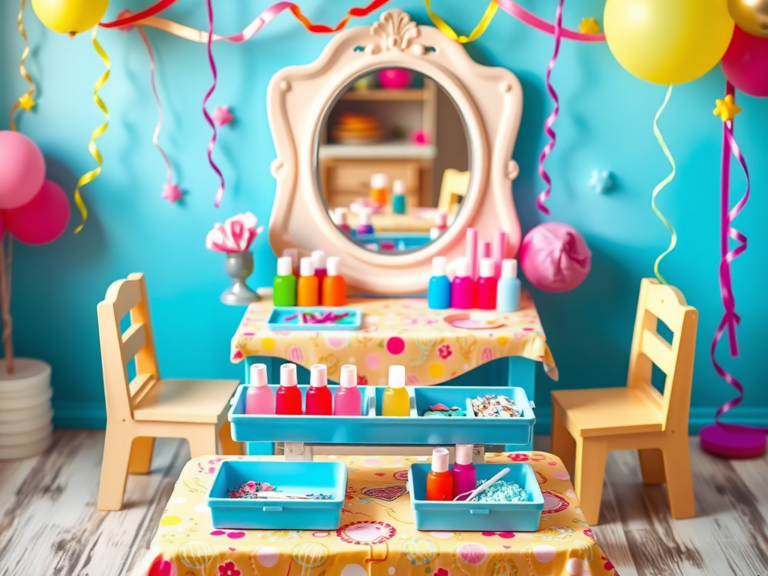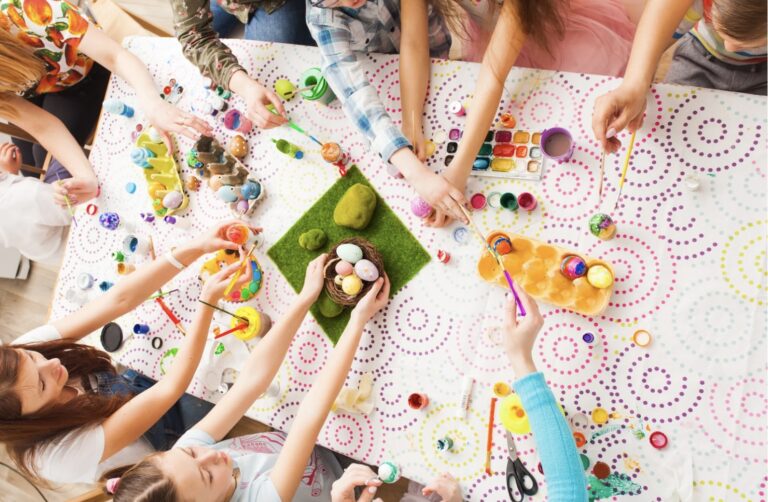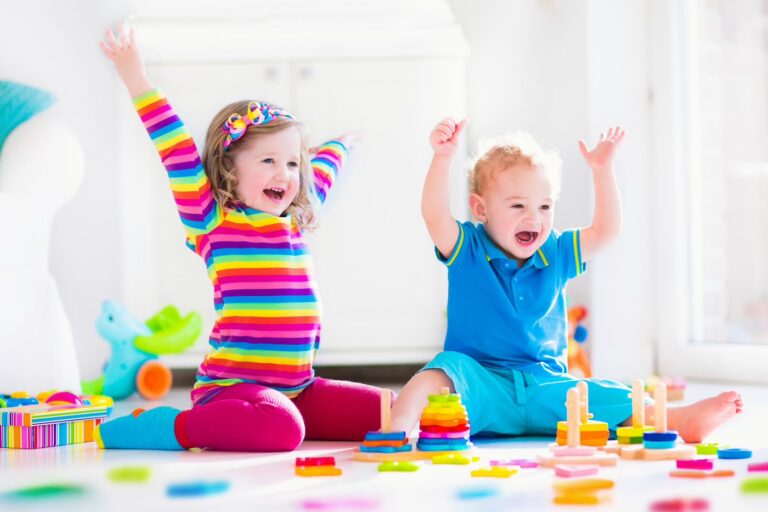The Benefit of for Hands-On Activities for Preschoolers
Cutting with scissors, tracing, coloring, gluing, and putting together puzzles are excellent hands-on activities that support children’s learning and development across multiple domains—physical, cognitive, emotional, and social. Here’s how each activity contributes to a child’s growth:
1. Cutting with Scissors
- Fine Motor Skills: Using scissors strengthens hand muscles and improves coordination between the eyes and hands, which is essential for tasks like writing and self-care (e.g., buttoning clothes).
- Hand-Eye Coordination: Following lines or shapes while cutting enhances spatial awareness and precision.
- Problem-Solving: Children learn to navigate curves or angles, fostering cognitive skills like planning and decision-making.
- Confidence Building: Successfully completing a cut boosts self-esteem and encourages perseverance.
2. Tracing
- Pre-Writing Skills: Tracing helps children practice the motions needed for writing letters and numbers, improving pencil grip and control.
- Visual Perception: Following lines or shapes sharpens a child’s ability to recognize patterns and details, which is foundational for reading and math.
- Concentration: Tracing requires focus, helping develop attention span and patience.
- Creativity: Tracing can be a starting point for adding personal flair, encouraging artistic expression.
3. Coloring
- Fine Motor Development: Holding and moving crayons or markers refines small muscle control and dexterity.
- Color Recognition and Creativity: Children learn to identify and combine colors, fostering imagination and artistic skills.
- Emotional Expression: Coloring allows kids to express feelings, relax, and reduce stress, supporting emotional well-being.
- Cognitive Growth: Staying within lines or choosing color schemes enhances focus, planning, and decision-making.
4. Gluing
- Fine Motor Skills: Squeezing glue bottles or spreading glue with a brush strengthens hand muscles and improves coordination.
- Spatial Awareness: Placing cutouts or objects in specific spots helps children understand relationships between objects (e.g., size, position).
- Following Instructions: Gluing often involves following a sequence or pattern, promoting listening skills and task completion.
- Creativity and Collaboration: Crafting with glue encourages imaginative designs and can be a group activity, fostering social interaction.
5. Putting Together Puzzles
- Cognitive Development: Puzzles enhance problem-solving, critical thinking, and memory as children figure out where pieces fit.
- Spatial Reasoning: Matching shapes and understanding how parts form a whole improves visual-spatial skills, useful in math and science.
- Patience and Persistence: Completing a puzzle teaches kids to work through challenges and delays gratification.
- Social Skills: When done with others, puzzles encourage teamwork, communication, and sharing.
Overall Benefits
- Multisensory Learning: These activities engage sight, touch, and sometimes sound, reinforcing learning through multiple senses.
- School Readiness: Skills like cutting, tracing, and coloring prepare children for academic tasks, while puzzles and gluing build logical and creative thinking.
- Self-Regulation: Completing these tasks fosters independence and the ability to follow through on goals.
These activities are most effective when tailored to a child’s age and skill level, with guidance from adults to ensure safety (e.g., using child-safe scissors) and encouragement to explore. Research, including studies from the National Association for the Education of Young Children (NAEYC), highlights that such play-based activities are critical for early brain development, particularly in the preschool years.
